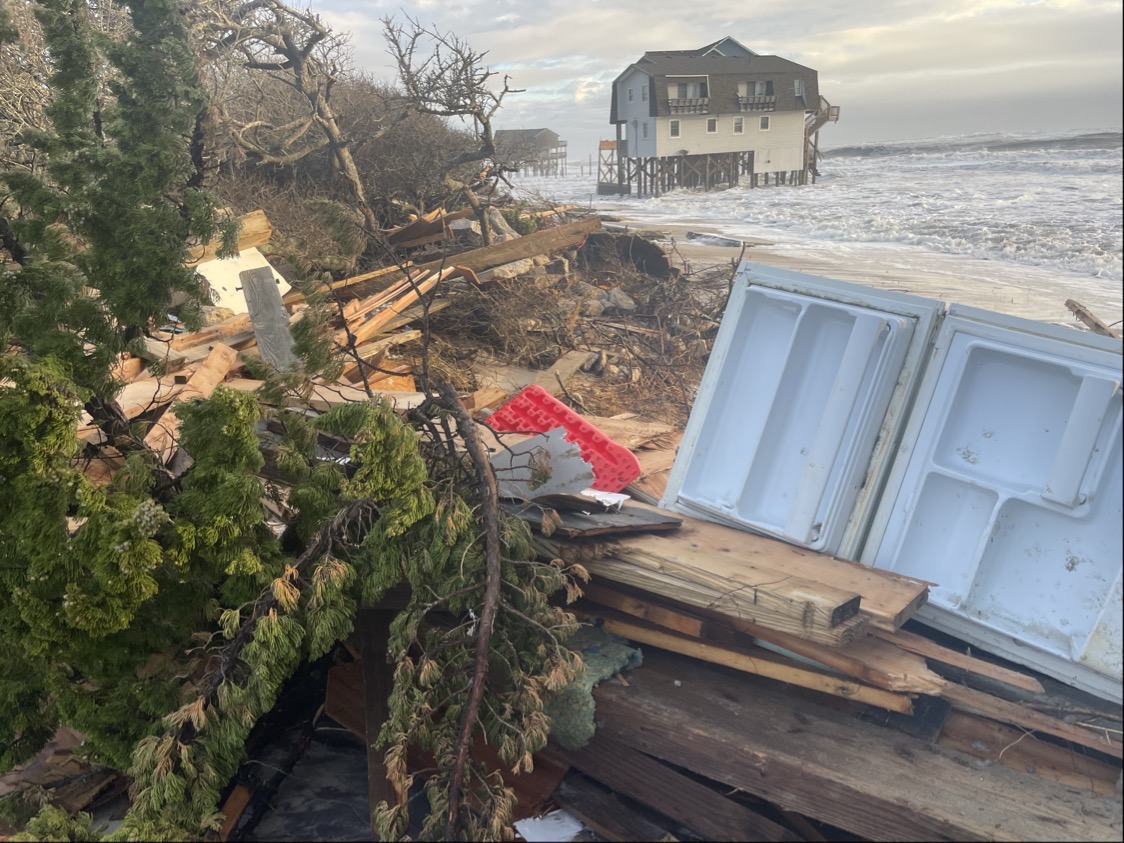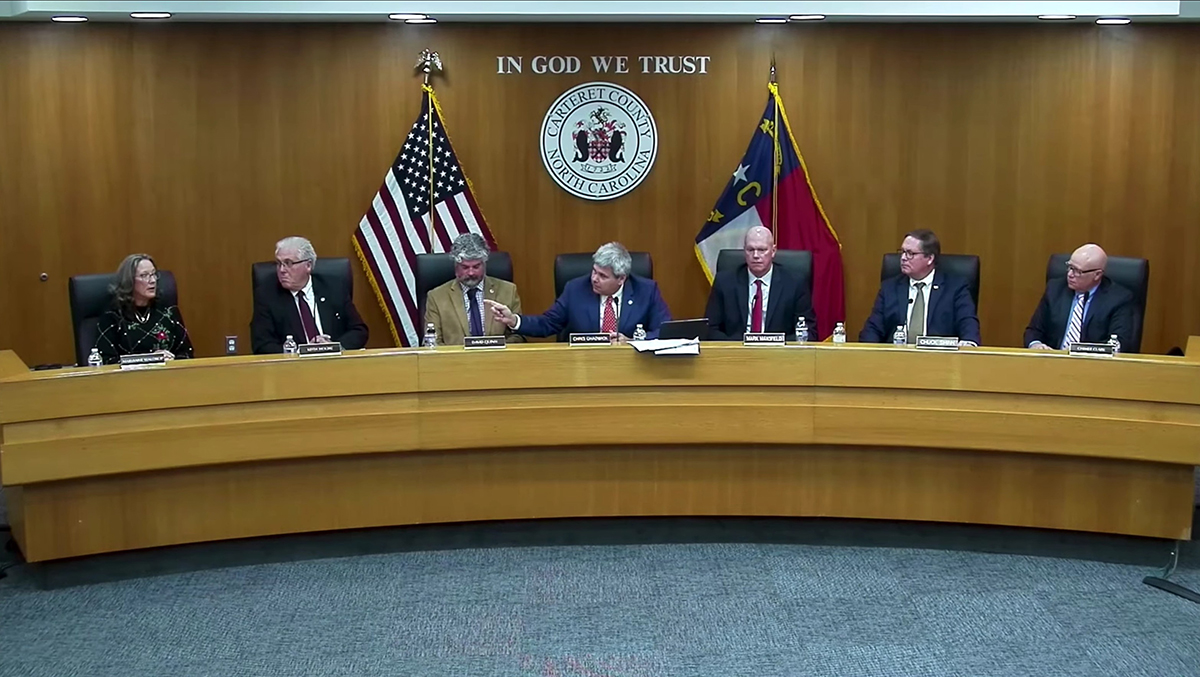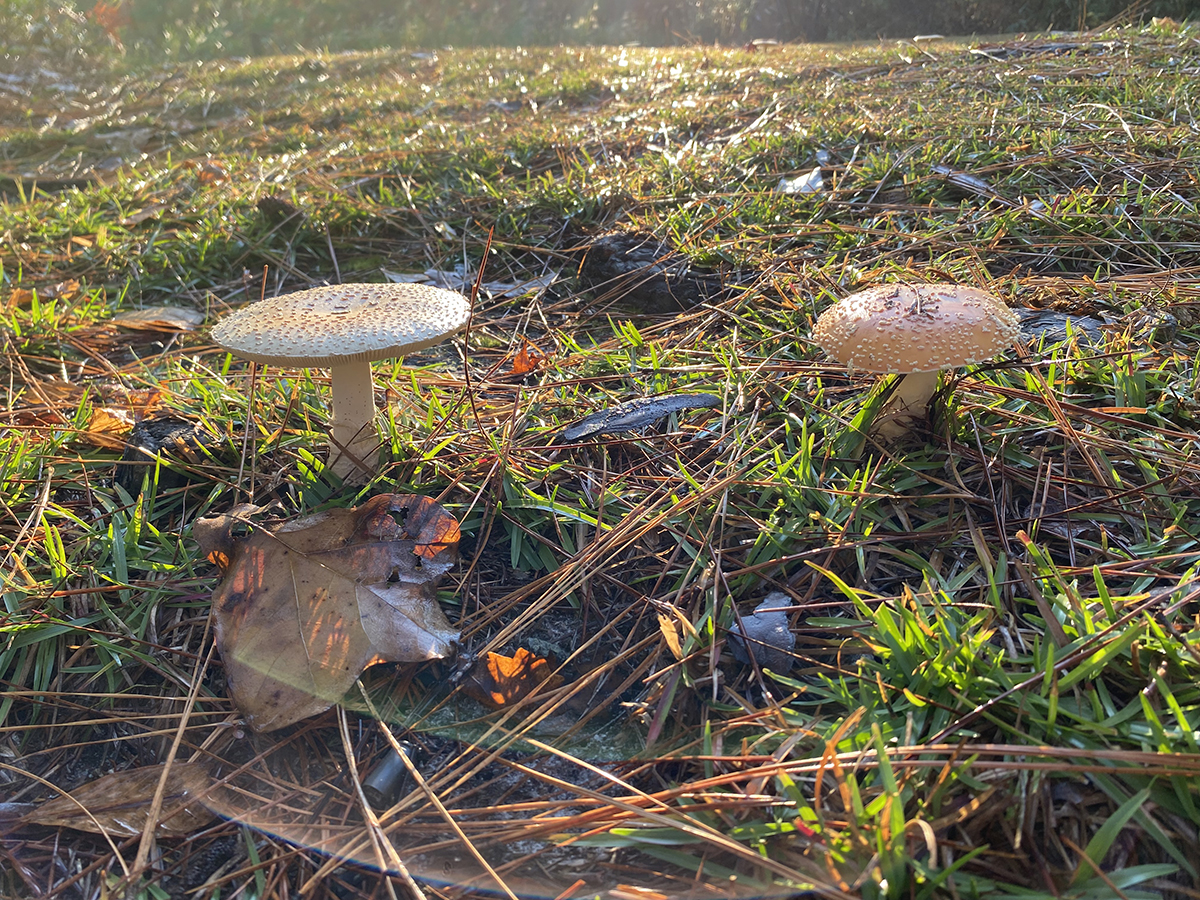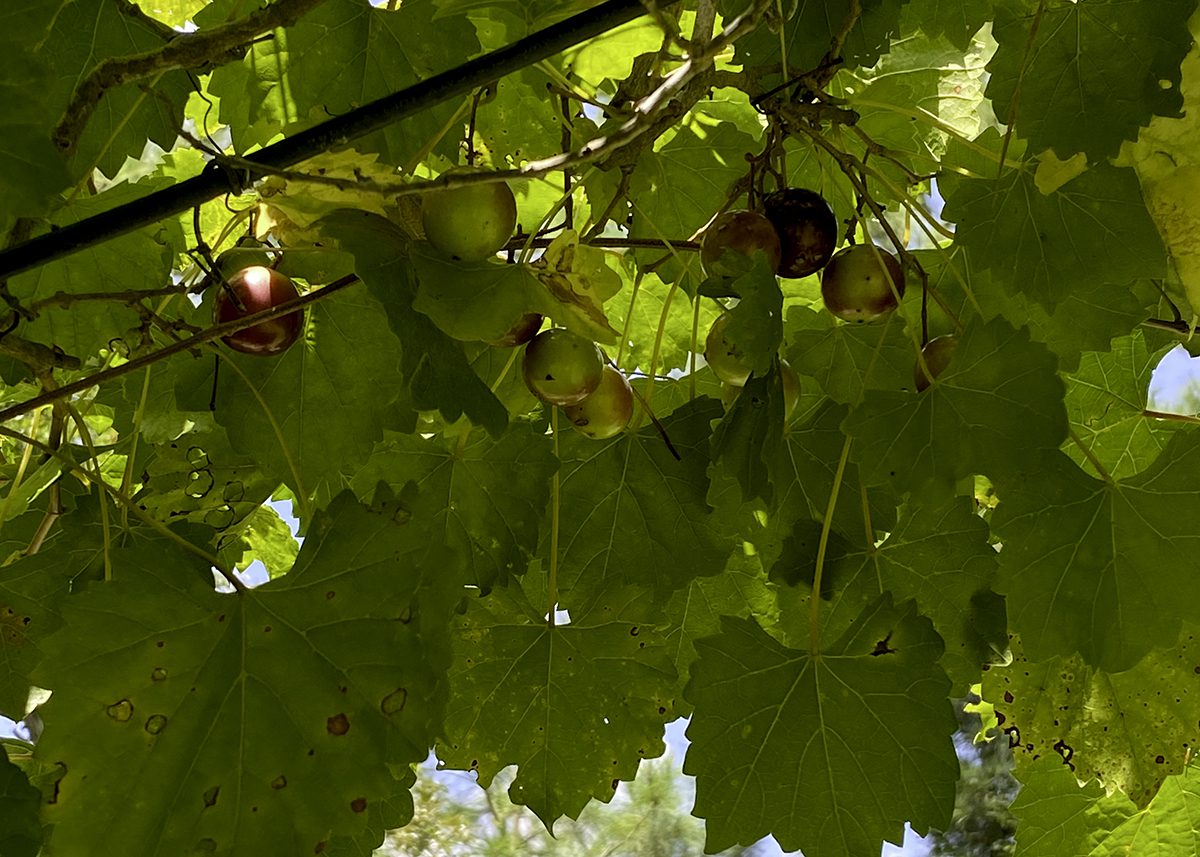
While most people think spring is the best time to plant a garden, we in the South are blessed to have two planting seasons, and the fall planting season is upon us.
The temperature may still be well into the miserable range, but signs of fall are all around.
Supporter Spotlight
Resembling tiny brown paper bags tied at the top, egg sacs from Argiope aurantia — the golden orb-weaver spider, aka zipper spider, or writing spider — are tucked here and there. The spiders have already finished their life’s work, leaving no messages behind, only their tattered webs, slowly disintegrating, and hopefully next year’s progeny.
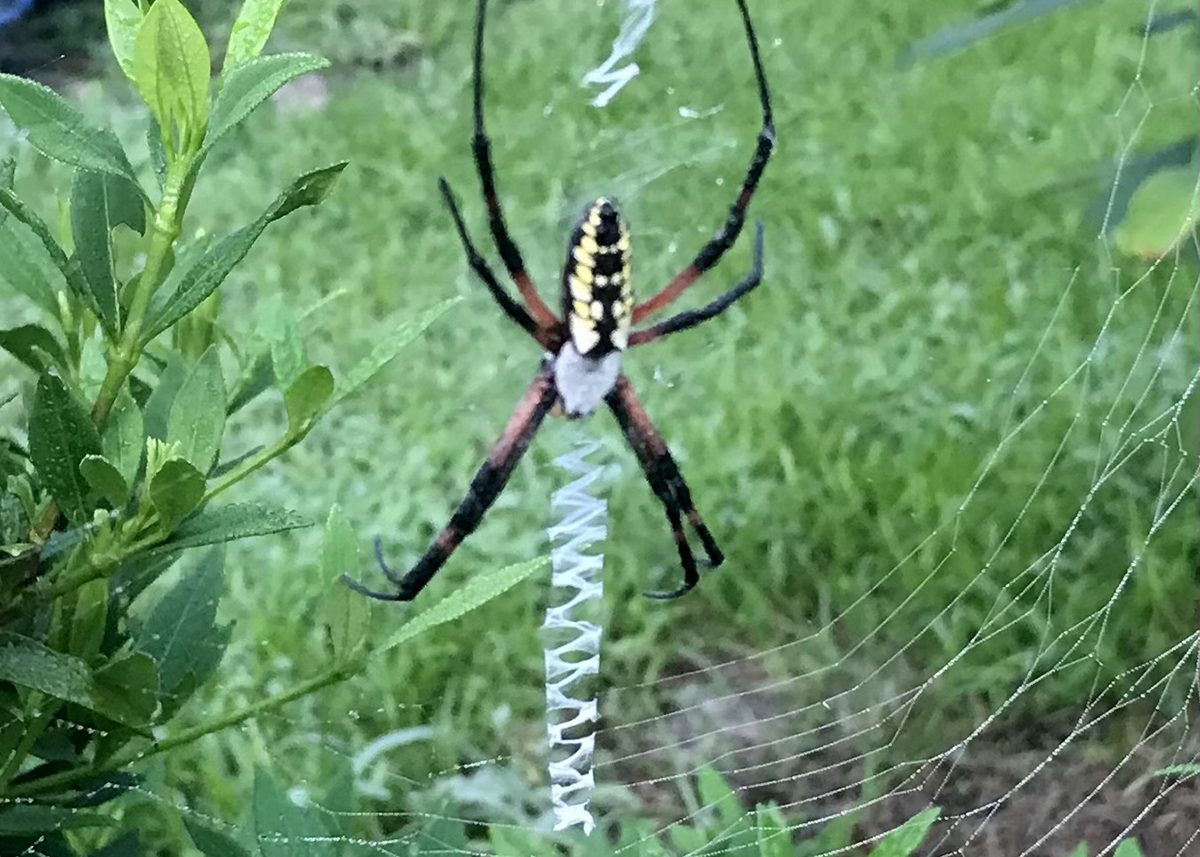
Pieris rapae, those pesky whitish-yellow, zig-zaggy butterflies are everywhere, laying eggs on our cole crops, eggs that then turn into hungry, hungry caterpillars. Unlike the slow, swoopy swallowtails and monarchs we dote on, the sulphurs, or Phoebis sennae, and white cabbage moths seem to avoid being hit by cars like they’re magically allergic to metal.
Muscadines are ripening, filling the air with their heady scent, and sweet autumn clematis is blooming, festooning and perfuming hedgerows with lacy shawls.
Persimmons are filling out and getting ready to change colors, although it rarely gets cold enough here to ripen them before the raccoons and deer and other critters eat them all. Trust me … If you think dark green, unfrosted collards are bitter, they have nothing on unripe persimmons. They will turn your mouth inside-out like wet cardboard soaked in alum.
Gardening here is challenging enough with our sandy soil, deficient in nutrients, although weeds grow like … weeds. On steroids. Add in salt-laden, extremely windy air, excessive heat and humidity, abundant insects and diseases, and it’s a recipe for a first-class ticket on the struggle-bus.
Supporter Spotlight
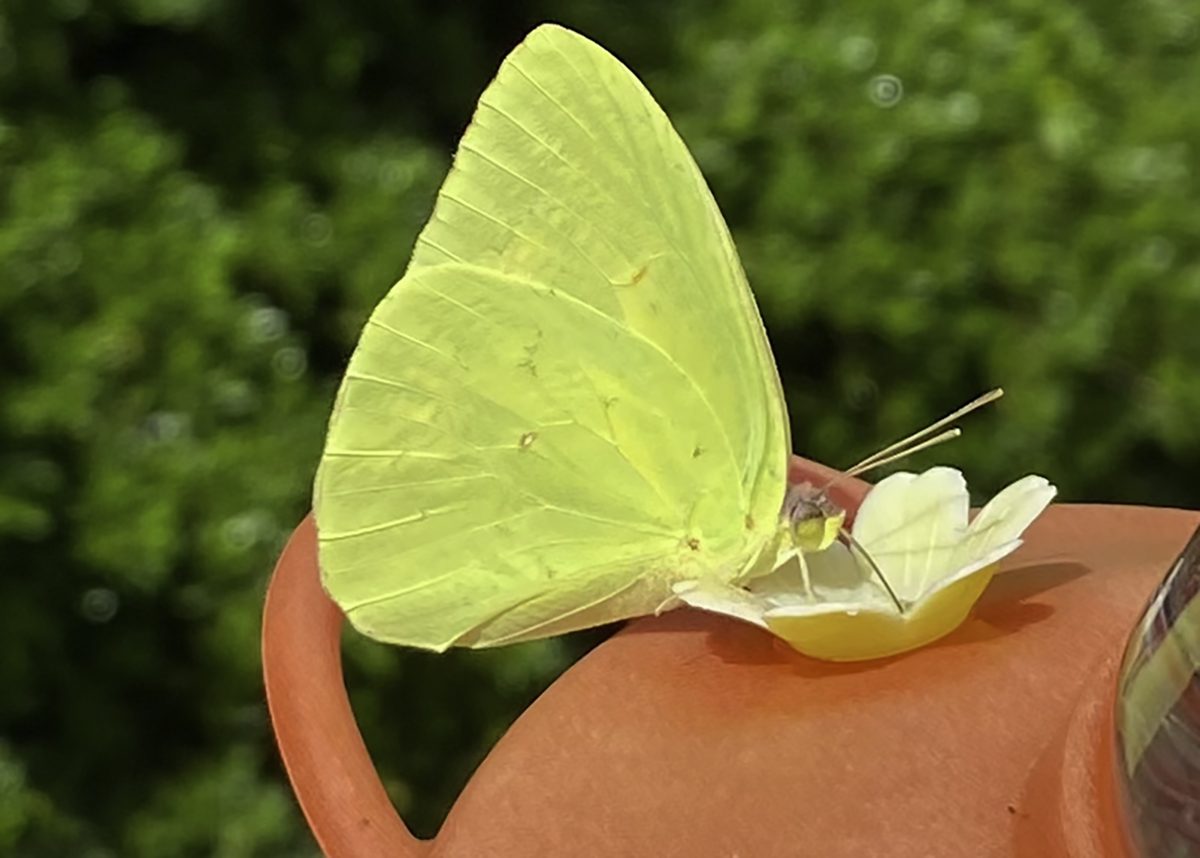
And yet, those of us who can’t help ourselves keep right on trying.
Fall crops tend to do better with a little less work involved. Once we make it past the heat and into cooler weather, there should be fewer insects, less disease. If we’re really lucky, even fewer weeds to compete with what we actually want to grow.
People used to start planting here around the middle of July. Then it started staying hotter longer. So, they backed off to the middle of August. Now, even that’s still too hot for seedlings that need cool weather to survive and thrive.
Most folks have held off even later, until around the first of September. For about the last 15 years or better, somewhere along the second week in September, we’ve either gotten a 10-inch rain, or a hurricane, or both. So, many gardeners have started waiting later still, until about the middle of September to plant their fall crops.
Remember when we used to get a frost — or at least a nor’easter with its attendant cool spell — about the middle of September? October at the latest? Sure, it would warm back up, but we knew it would soon cool off for at least a couple of months. Now we’re lucky to get our first frost by December, and we rarely get more than a day or two of cold here and there.
So, unavoidable weather woes aside … What can you plant now?
As far as actual seedlings, it is time for collards, cabbage, broccoli, cauliflower and brussels sprouts. Beets and chard are good candidates, too, along with rutabagas and bak choi, lettuce and spinach – although the latter two are even less heat-tolerant, so planting them later won’t hurt anything.
Most fall crops can be planted from seed as well, although if you’re starting from seed, it might be getting a tad late for some of them, such as broccoli and cauliflower. While they need some cool weather, cooler temps also mean the plants don’t grow as fast, so they need to be a certain size before it cools down in order to produce.
Cool-weather crops tend to have smaller seeds, than, say, green beans or cucumbers or other warm-season crops. Because the seeds are so much tinier, it is even more of a struggle to get them to germinate during 90-degree-plus weather. If you haven’t walked barefoot on the beach, you probably don’t realize just how insanely hot sunbaked soil can get! Those tiny seeds contain very little life support, so if they germinate and it’s blisteringly hot, they wither and die, making you assume they never germinated.
Crops that do well from seed include beets, carrots, rutabagas, turnips, and salad greens, such as rape, kale, mustard, spinach and lettuces, even a few late radishes, if you’re so inclined. Maybe even try some snow peas or May peas. If you like spring or green onions, they should be available to plant around mid-September.
If you’re planting winter rye grass, or clover for cover crops or bee forage, plan for mid-September. Most people only think about planting rye when their neighbor’s yard stays green all winter, and clover when they see it blooming in the spring. Rye is a cool-season annual that dies out when it gets too hot. Clover is also a cool-weather crop, needing to germinate in the fall so it can get its roots established before the next summer, when it gets too hot and clover either dies or goes dormant.
As far as diseases and insects, wet weather and dry weather each bring their own challenges.
Too much rain and you get root rot and funguses.
Too much dry weather and you get stunted plants and sometimes spider mites and grasshoppers. Those huge green grasshoppers have been lurking all summer, just waiting for you to provide them with their last meal.
Then there are aphids, those under-leaf pests that are like plant leeches and just love tender new growth; scorch bugs; stink bugs; cabbage loopers.
All of the above are well aware of the fall push and are trying to get the last word so they can return next year and make you miserable again.
On the other hand, all of those are prime fodder for birds, spiders, wasps, lizards and skinks.
Despite all the deterrents, gardening is still a pleasure for many of us, and nothing beats the taste of homegrown produce!



